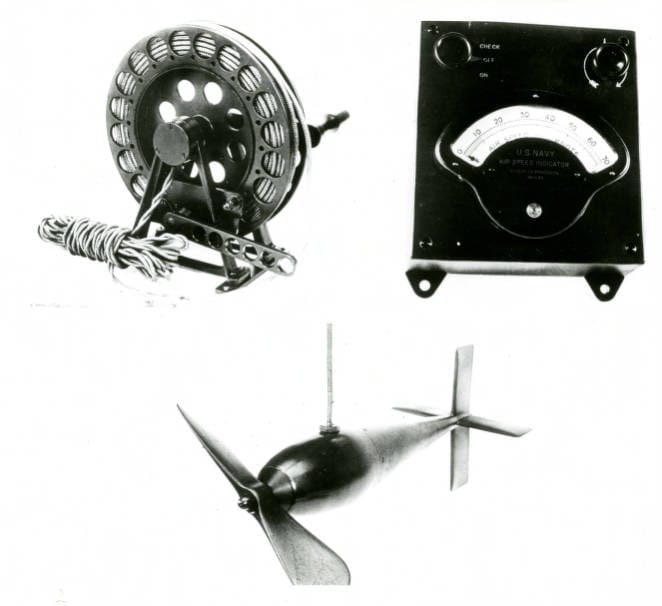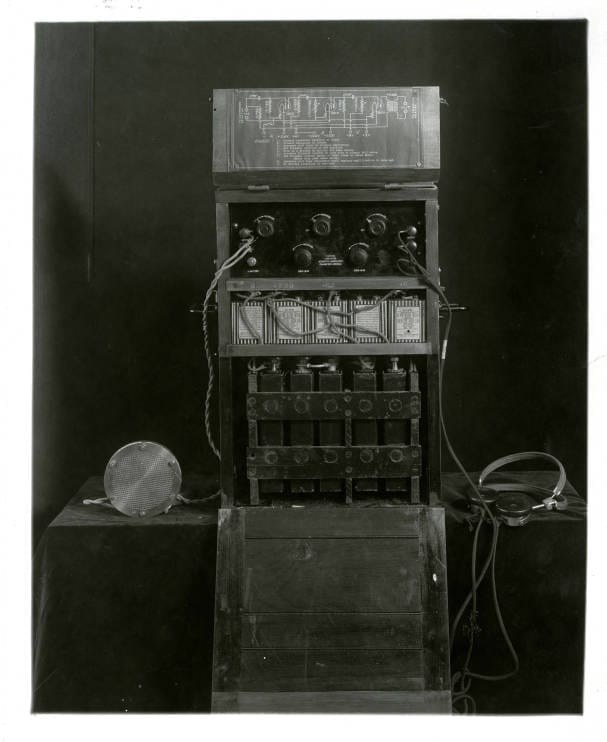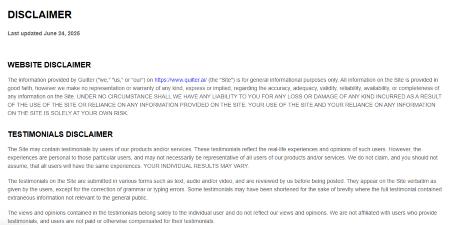Design for Reliability, Design for Manufacturability: Building Smarter Test Systems
If we want more robust hardware, we need to stop treating test like an afterthought.

There are two kinds of engineers in this world.
There are the ones who build the flashy prototype, the proof of concept, the thing that makes the demo crowd cheer and the investors sign checks.
And then there are the ones who make sure it actually works the thousandth time.
Paul McDonald is the second kind. And thank God people like him exist.
Test engineers rarely get the praise. No one claps when a test rig quietly validates 15 interfaces without error. There’s no TechCrunch headline for getting a Cessna ready to fly itself through a certification matrix.
But in Paul’s world, that’s where the real engineering lives.
Welcome to the Middle of the Venn Diagram
Test engineering, as Paul puts it, lives in the middle of everything. It’s where design meets delivery, where software meets hardware, and where the elegant idea meets the messy, real-world limitations of schedule, tooling, and duct tape.
I’m paraphrasing, of course. Paul would probably tell you it’s about traceability, manufacturing readiness, and harnessing standards. But he’d also tell you that the test system is often the last thing standing between your product and a very expensive failure.
He once told me, “Test engineering is the gateway between an idea and making it real—and making money off of it.”
It’s a simple sentence, but it says a lot. A good test engineer isn’t just making measurements. They’re building a bridge over every compromise the rest of the team had to make.

The Myth of the Clean Desk
Paul doesn’t come from the “purely digital” school of engineering. He went back to community college after getting two bachelor’s degrees—because he wanted to learn how to build things. Not just in CAD. Not just in simulation. But with tools. With his hands.
I asked him about that once and he said, “I needed to hear and be trained the way the people who do the work are trained.” That’s not just humility. That’s systems thinking.
In his world, a great test system isn’t one with a beautiful UI. It’s one that doesn’t fail when an intern yanks the cable too hard. Or when the schedule shifts and you’re testing a new DUT revision with a breakout box you designed six months ago under different assumptions.
He once realized he could eliminate a whole month of test system build time just by avoiding custom PCBs and sticking to well-labeled cabling. “Most circuit boards in test rigs are unnecessary,” he told me. “If the DUT changes, you’re stuck waiting for a new board.”
Cables don’t wait. They get swapped. And the plane stays in the air.
Build Products that Last and Scale
If you want to build products that truly stand out, you need to think about both how they will perform over time and how efficiently they can be produced. Test engineering is the connective tissue between design for reliability (DFR) and design for manufacturability (DFM). It is through rigorous and intentional testing that design assumptions are validated, potential failure points are uncovered, and manufacturing processes are fine-tuned. A strong test strategy ensures that products are not just designed to perform but are proven to do so under real-world conditions, while also confirming that they can be built efficiently and consistently on the production line.
Design for Reliability (DFR) is all about ensuring your product will work flawlessly throughout its lifecycle. It is the difference between a product that just launches and a product that endures. Engineers use tools like Failure Modes and Effects Analysis (FMEA), Highly Accelerated Life Testing (HALT), and statistical modeling to predict and prevent failures before they happen. DFR means thinking about every variable—materials, thermal stress, durability, and even the unexpected conditions your product might face—so that customers never have to worry about performance.
Design for Manufacturability (DFM) is the practical side of the equation. It is about designing products that can be built efficiently, at scale, without compromising quality. By considering manufacturing constraints early, teams can simplify assemblies, reduce part counts, and avoid expensive redesigns. DFM is what allows companies to go from prototype to mass production without getting stuck in costly bottlenecks.
When you bring DFR and DFM together, you create products that are not only reliable but also optimized for real-world manufacturing. This alignment improves quality, lowers production costs, and accelerates time-to-market.
For companies in industries like automotive, aerospace, and consumer electronics, this combination is no longer optional. It is the baseline for building trust with customers and staying competitive. The teams that win are those that treat reliability and manufacturability as design principles from day one.

Software is Great, But Also...
Paul has a love-hate relationship with software platforms. Not because he’s stuck in the past. Quite the opposite—he’s built full automation stacks and helped integrate air-gapped test systems into distributed environments.
But he’s also seen what happens when someone applies Agile like a paint roller to the wrong problem.
“You can’t assign two-week sprints to a test system that hasn’t been built yet,” he told me once. “I had six different priorities, I was building the rack myself, the cables weren’t done, and they still wanted weekly demos.”
He’s not anti-Agile. He’s just pro-reality. There’s a difference.
Quiet Wins and the Value of Thinking in Subassemblies
There’s something poetic about Paul’s approach. He thinks in layers. In modularity. In what can be reused, replaced, or stocked ahead of time so the whole thing doesn’t grind to a halt when a pin fails or a cable goes missing.
That kind of thinking doesn’t usually come from textbooks. It comes from frustration. From late nights. From watching production lines sit idle because a six-foot harness didn’t make it through procurement in time.
And it comes from caring—not just about the design, but about the people who have to live with it.
When you talk to Paul, you get the sense that he’s not just building systems. He’s building systems that other people won’t have to fight with. That’s a quiet kind of leadership. And it’s rare.
Maybe That’s the Point
I’ve spent a lot of time talking to engineers who are loud about innovation. Paul’s not that kind of loud. He’s the kind of engineer who’s quietly making sure your loud ideas don’t explode at the wrong moment.
He’s the kind of engineer who teaches interns how to crimp connectors while reviewing test logs from a previous shift.
He’s the kind of engineer who’s seen a lot of bad assumptions and learned how to design around them, not just point fingers after the fact.
If we want more robust hardware, we need to stop treating test like an afterthought. We need more Paul McDonalds—more quiet champions who understand that getting it right the first time isn’t glamorous, but it’s everything.
Hardware Rich Development is a series from Quilter.ai that explores what it means to build high-integrity hardware in a fast-moving world. If you’re leading an engineering team or driving technical decisions in your organization, and you’d like to share your insights, reach out.
We’re building a community around better hardware thinking.


